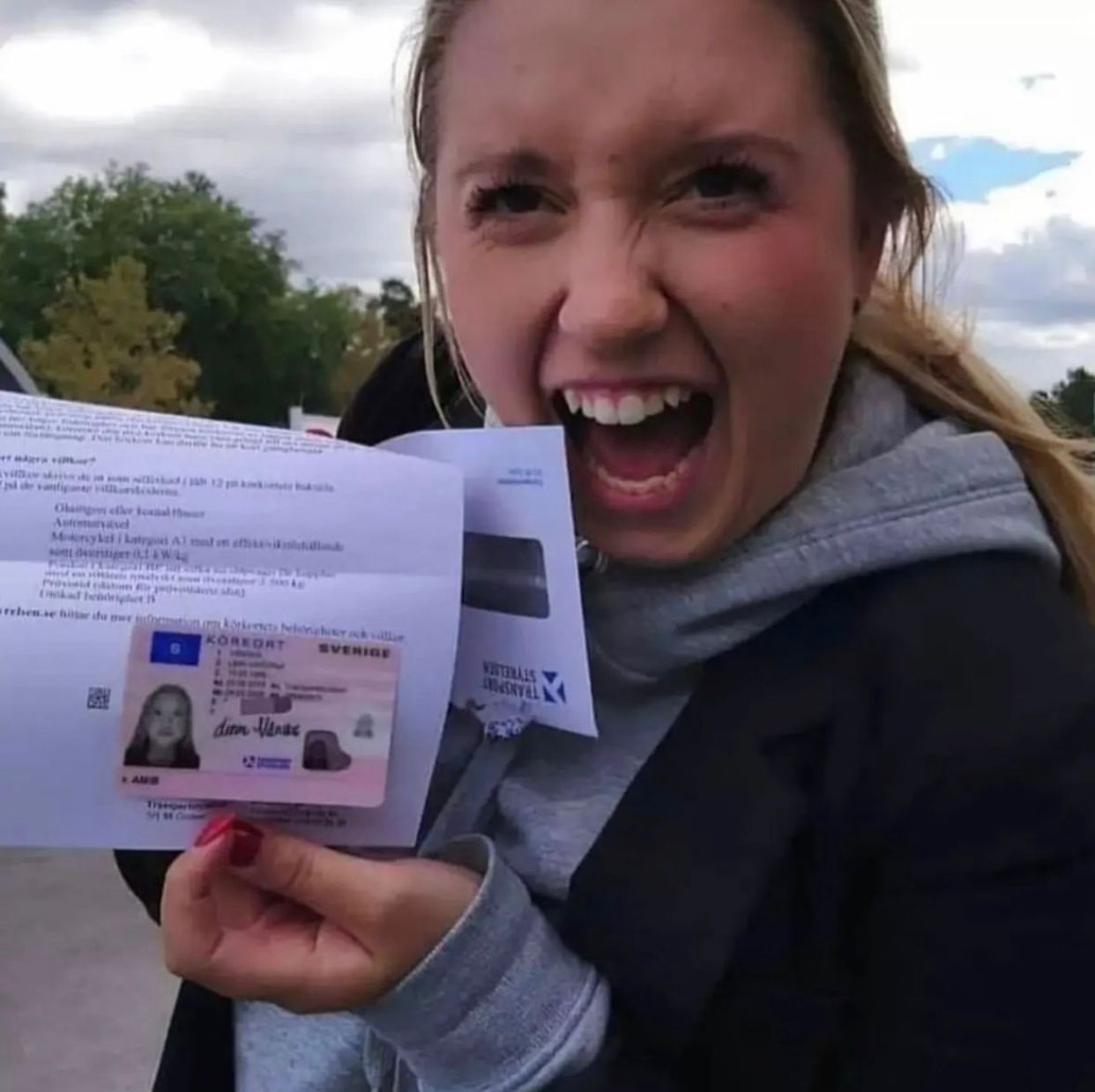Navigating the New Landscape of Driving License ID Handling in 2025
In every society, the driving license functions as a crucial document, not simply as an evidence of the ability to run a vehicle but also as a recognition tool. As we enter 2025, significant changes have emerged relating to the handling and management of driving licenses, mainly affected by advances in innovation, progressing regulations, and the need for enhanced security procedures. This post aims to provide a thorough introduction of driving license ID managing in 2025, clarifying the technologies included, the upcoming legal improvements, and providing answers to typical queries.
The Transition to Digital Driving Licenses
One of the most notable changes in driving license ID handling is the prevalent adoption of digital driving licenses. These digital licenses are stored digitally on smartphones, using several benefits to both chauffeurs and authorities. In the United States, for example, lots of states have started executing digital driver's licenses, while countries such as Canada and the UK are anticipated to do the same soon.
Secret Benefits of Digital Driving Licenses
- Convenience: Easily available on mobile gadgets, removing the need to bring physical copies.
- Improved Security: Incorporating biometric functions and file encryption assists to fight identity theft and fraud.
- Real-time Updates: Immediate updates to personal details, such as modifications in address or status, improve precision.
Challenges and Concerns
Regardless of the advantages, the shift to digital licenses provides difficulties, including concerns about personal privacy, cybersecurity threats, and the digital divide impacting those without access to mobile phones or the internet.
Modifications in Regulatory Framework
As we head into 2025, a number of regulations surrounding driving licenses have come under analysis and change. Federal governments and regulative bodies are concentrating on making sure that driving licenses are safe, valid, and issued in compliance with recognized laws.
Key Legislative Trends
- Standardized ID Formats: Countries are moving towards a standardized format for driving licenses to simplify validation and enhance security.
- Increased Verification Procedures: Authorities are now using advanced techniques such as facial acknowledgment and AI to enhance confirmation procedures at checkpoints.
- Focus on Sustainability: With growing environmental issues, lots of states are opting for environmentally friendly materials for physical licenses and checking out robust digital options.
- Age and Identity Verification: Enhanced steps are being put in location to precisely confirm the age and identity of chauffeurs, especially in contexts where age-related laws use to driving.
The Global Perspective: State-By-State Comparison
| Nation | Digital License Implementation | Current Regulations | Noteworthy Features |
|---|---|---|---|
| United States | Numerous states in development | Differs by state, efforts to unify formats | QR codes for simple validation |
| Canada | In pilot phases | Standardized recognition throughout provinces | Combination with health IDs |
| United Kingdom | Early adoption stage | Emphasis on online renewal and information updates | Digital verification via the app |
| Australia | Under factor to consider | Progressively rigid recognition protocols | Focus on fraud avoidance |
The Role of Technology in ID Handling
Innovation is changing how driving licenses are dealt with. AI, blockchain, and biometrics are becoming essential to driving license issuance and verification.
Innovations Shaping the Future
- Expert system: AI algorithms are now utilized for acknowledging patterns in driving habits, which can inform insurance coverage premiums and legal ramifications.
- Blockchain Technology: Ensuring the integrity and authenticity of driving license data, blockchain technology enables for secure sharing of info between authorities without worry of tampering.
- Biometrics: Increasingly, biometric systems are implemented at the point of issuance and verification, such as facial acknowledgment and fingerprint scanners, to make sure secure identity confirmation.
Possible Impacts of Emerging Technologies
The application of these technologies can lead to enhanced dependability and security of driving IDs, but it raises concerns about information privacy and user permission.
Often Asked Questions (FAQs)
1. What should I do if my digital driving license is lost or taken?
You must instantly report the loss or theft to your regional automobile firm. The majority of digital licenses have built-in functions to disable access from another location.
2. Are click through the next article driving licenses accepted all over?
As of 2025, approval of digital licenses differs by region. It's recommended to bring both digital and physical copies when traveling throughout state or nationwide borders.
3. Can I upgrade my info on a digital driving license?
Yes, updates can often be made through the associated mobile application or website of the releasing authority.
4. What are the security steps for digital licenses?
Digital licenses normally incorporate functions such as encryption, two-factor authentication, and biometric verification to enhance security.
5. How will conventional driving licenses be affected?
The relocation towards digital licenses may lower the issuance of physical licenses, however they will still be offered for those not able to gain access to digital choices.
As we advance into a brand-new era in 2025, the handling of driving licenses is optimizing to meet the needs of modern-day society. Through technological improvements and regulatory reforms, people can anticipate a more safe, effective, and streamlined procedure for getting and managing their driving licenses. However, as digital options multiply, it remains essential to address obstacles associating with personal privacy, security, and accessibility, ensuring equitable roadway access for all drivers while protecting individual information. As federal governments across the world continue to adapt to these modifications, the future of driving license ID handling is set to be both dynamic and transformative.

